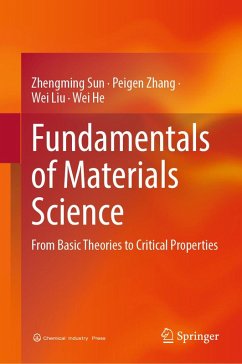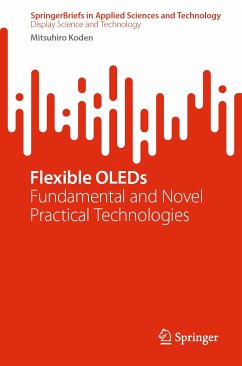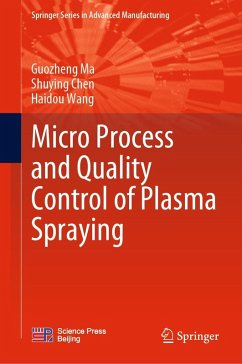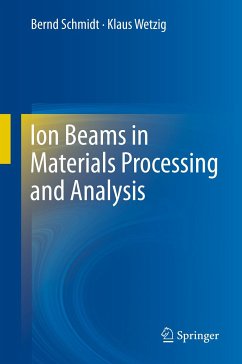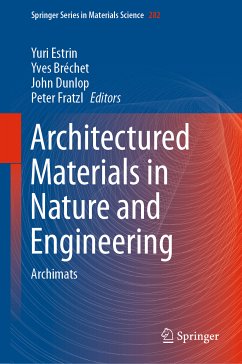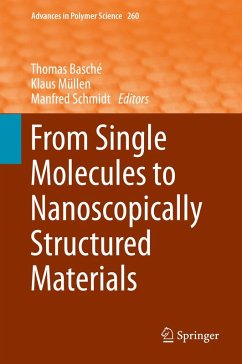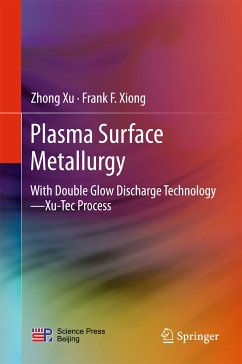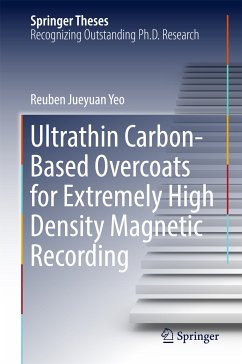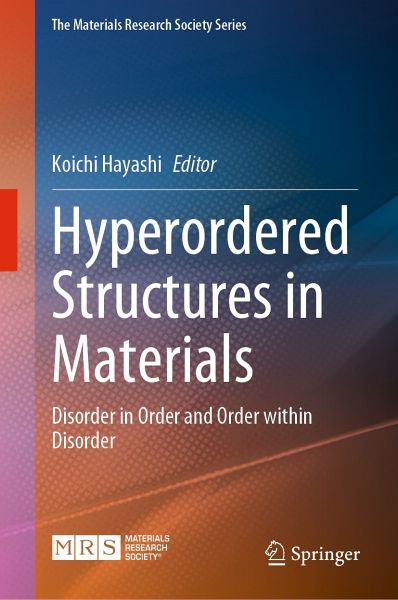
Hyperordered Structures in Materials (eBook, PDF)
Disorder in Order and Order within Disorder
Redaktion: Hayashi, Koichi
Versandkostenfrei!
Sofort per Download lieferbar
136,95 €
inkl. MwSt.
Weitere Ausgaben:

PAYBACK Punkte
68 °P sammeln!
This book introduces characterizations of hyperordered structures using latest quantum beam technologies, the advanced theoretical methods for understanding the roles of the structures, and the state-of-the-arts materials containing the structures.In this book, the authors focus on the importance of defect complexes to improve functionality of crystals and that of orders of network structures to improve functionality of glass materials. These features can be regarded as interphases between perfect crystals and perfect amorphous, and they are the key factor for the evolution of materials scienc...
This book introduces characterizations of hyperordered structures using latest quantum beam technologies, the advanced theoretical methods for understanding the roles of the structures, and the state-of-the-arts materials containing the structures.
In this book, the authors focus on the importance of defect complexes to improve functionality of crystals and that of orders of network structures to improve functionality of glass materials. These features can be regarded as interphases between perfect crystals and perfect amorphous, and they are the key factor for the evolution of materials science to a new dimension. The authors call such interphases "hyperordered structures" in this book.
This is the first book that comprehensively summarizes glass science, defect science, and quantum beam science. It is valuable not only for active researchers in industry and academia but also graduate students.
In this book, the authors focus on the importance of defect complexes to improve functionality of crystals and that of orders of network structures to improve functionality of glass materials. These features can be regarded as interphases between perfect crystals and perfect amorphous, and they are the key factor for the evolution of materials science to a new dimension. The authors call such interphases "hyperordered structures" in this book.
This is the first book that comprehensively summarizes glass science, defect science, and quantum beam science. It is valuable not only for active researchers in industry and academia but also graduate students.
Dieser Download kann aus rechtlichen Gründen nur mit Rechnungsadresse in A, B, BG, CY, CZ, D, DK, EW, E, FIN, F, GR, HR, H, IRL, I, LT, L, LR, M, NL, PL, P, R, S, SLO, SK ausgeliefert werden.



